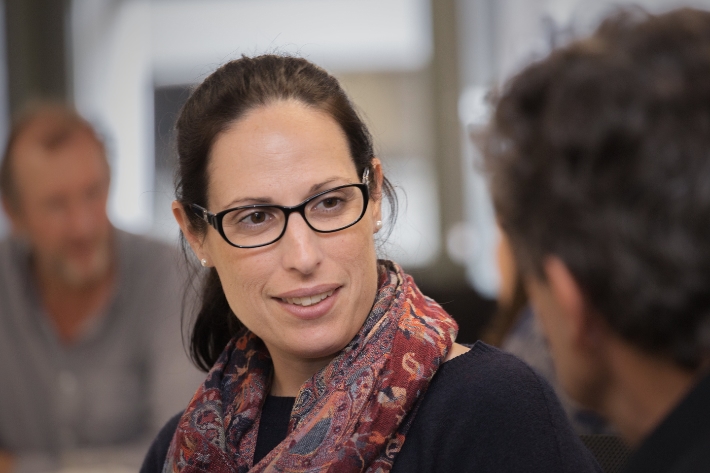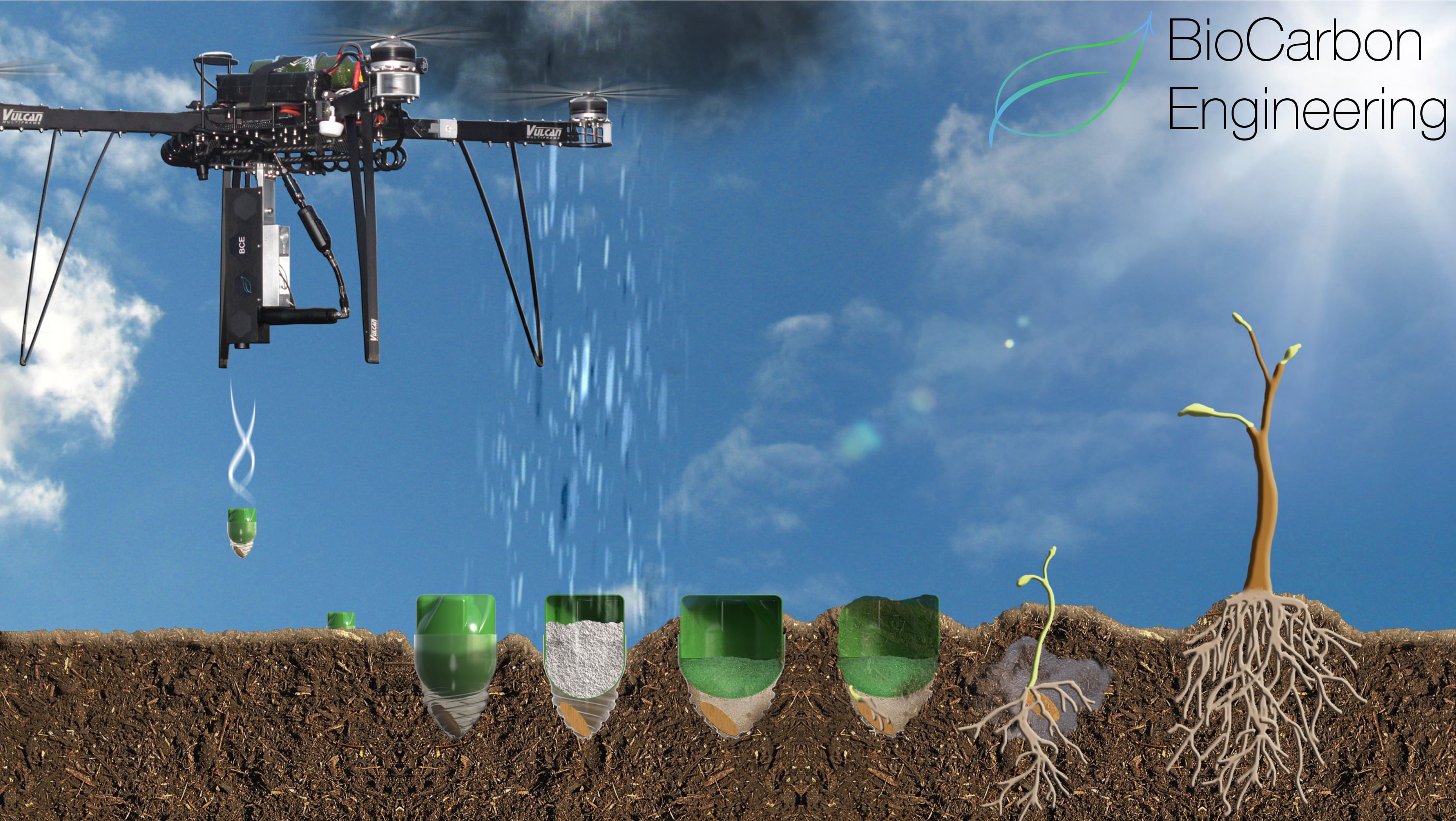Drone seeders that can plant a hectare in under 20 minutes will be tested in cotton industry research that is exploring faster, more cost-effective ways of revegetating large areas with native species.
Led by Dr Rhiannon Smith of the University of New England (UNE), the research project will compare the results of promising drone seeding technology developed by UK-Australian company BioCarbon Engineering against direct-drilling of seed using new degradable seedbed film from new company OneCrop.
The project is part of the larger Cotton Landcare Tech-Innovations project led by the Cotton Research and Development Corporation in partnership with the National Landcare Program Smart Farming Partnerships initiative.
The cotton industry’s interest in native vegetation follows years of research demonstrating the value of on-farm native vegetation as a refuge for species that eat cotton pests, and anticipates further maturity of market support for carbon sequestration.
Continual improvement in on-farm native vegetation health and extent is also built into the industry’s own sustainability indicators, Dr Smith said.
“It’s currently difficult and expensive to establish new vegetation on heavy clay soils and semi-arid environments, which are the conditions in which most cotton is grown,” Dr Smith said.
“Tubestock planting is expensive and labour-intensive, so we’re working with cotton growers and revegetation specialists to investigate methods that make revegetation more viable.”
Two novel methods will be tested against tubestock planting to assess their potential as revegetation methods.
The most radical is BioCarbon Engineering’s drone technology, which has been used in revegetation projects in the United Kingdom and South-East Asian mangroves.
The company’s two-metre diameter drones have a 15 kilogram payload, and use modified air rifles to fire seed pellets into the ground to sow a hectare in 18 minutes.
Currently the drones can distribute 400 kilograms of seed a day, but BioCarbon is working on drones capable of larger payloads.
Direct seeding behind a tractor using a new one-pass process developed in a collaboration between seedbed film company OneCrop and machinery manufacturer Norseman will also be assessed.
Both companies have manufacturing facilities in Toowoomba, Queensland.
Plastic film is now in widespread use across the world for horticultural and other purposes. Laid on the ground at sowing, the film helps retain moisture and warmth in the seedbed while seeds germinate.
However, the use of non-degradable film has proven environmentally disastrous. China annually has to try and dispose of about two million tonnes of the film it uses to grow many of its crops.
OneCrop has developed a degradable film based on non-GMO corn starch, and has collaborated with Norseman on a new planter that lays the film and plants into it in one pass.
“We’re doing the logical thing and treating trees as a crop,” Dr Smith said. “This way, we can take the cotton industry’s deep knowledge of cropping and apply those principles to revegetation.”
The research will be conducted across four cotton growing regions — the Riverina, Macquarie, Namoi and Border Rivers — and involve five five-hectare trial sites in each region. Across the project, 150 species will be sown and monitored.
“If we can find a more cost-effective method of broadacre revegetation, it could not only help the cotton industry meet its sustainability goals, but transform the work of organisations like Landcare and support strategies like carbon sequestration.”

Image: Dr Rhiannon Smith


